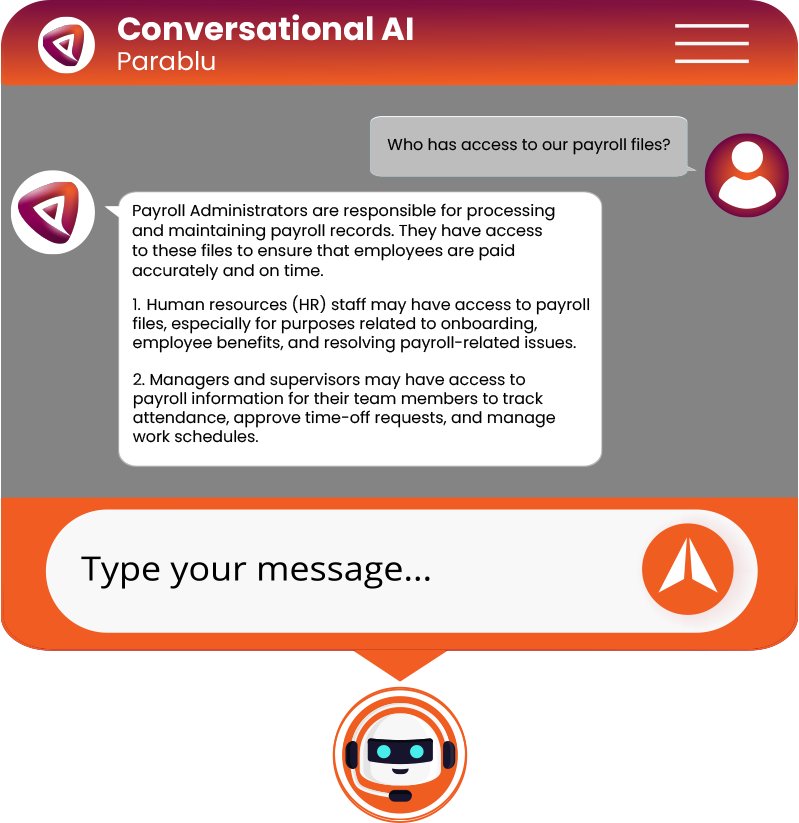Using Conversational AI to Drive Data Backup Forward

It’s hard to avoid the topic of artificial intelligence (AI) and machine learning algorithms in any conversation these days. Every vendor, business, thought leader, and their cousin are talking about it and trying to showcase either how they plan to use it or the importance of AI/ML to the greater cause of humanity.
This is where the term “AI washing” has come from – where the terms are being applied to literally anything even if AI/ML are not actually being used by the technology or product discussed. In short, folks have FOMO for AI and don’t want anyone to think they are missing out on it. Data backup vendors have increasingly adopted artificial intelligence and machine learning algorithms to improve data security.
So, let’s cut past the jargon and look at what REAL use cases exist for AI/ML in the data recovery services market. How is it truly being leveraged today and are there any vendors doing anything unique with the technology.
Anomaly Detection in Data Protection
Anomaly Detection is the most common AI application within the data protection industry. Enterprise backup vendors across the board leverage some form of AI/ML technology to seek out potential threats in the environment by scanning the backup data (post-backup) and looking for anomalous patterns and behavior. AI-powered threat detection is a prominent part of data backup and recovery best practices.
As part of the initial model training within an environment, the AI/ML tools to monitor the data patterns, interactions, usage, etc., to establish as best they can what “normal” looks like within a specific data landscape. This is most often performed as unsupervised learning, but there are some that can incorporate a measure of supervision to verify against false positives. Once this baseline is established, it then leverages a sliding window of (typically) 30-days to maintain a perspective of what “normal” is at any given time and look for any activities that operate outside of that baseline. If unusual activities are detected, alerts are sent to administrators, other security personnel, and/or appropriate tools such as SIEM/SOAR solutions.
Is this use of AI important?
Absolutely, but it’s not game-changing anymore! This application of AI is pretty much a table-stakes feature for backup products. If you don’t have it built in your data protection solution, you shouldn’t be at the table.
Your data enters the chat…

One of the best applications of artificial intelligence is for rapid automated data classification, specifically this is what discriminative AI models were designed to excel at. As a backup company, with an entire data lake of information available through ongoing and historical data protection operations, the possibility to point an AI model at that data and begin to derive additional insights and intelligence is significant.
Yes, the concept is certainly not new, but most of these existing tools require significant manual overhead to drive the classification tool forward and even to come up with the initial taxonomies themselves. With AI, you could let the engine drive itself and generate its own taxonomy based on what the data itself really contains – not some buckets that administrators arbitrarily hope the data will match to.
So, once all that data has been classified…what next?
What if you could talk to your data?
What’s next is being able to understand the data and derive insights from it. Again, the concept itself is not new, but the queries can be rather complex, and you sort of need to know what you’re looking for. This is another area where AI, specifically Natural Language Processing (NLP) elements, come into play. Imagine being able to ask your backup solution the following:
- “How many people are contributing to project XYZ and where are the files located?”
- “Who has access to our payroll files?”
- “Are all the files with our customers’ private data being backed up?”
- “Did anyone email about [topic X] in the last week?”

Sure, you could probably get these answers the old-fashioned way, but it wouldn’t be straightforward. Being able to “talk” to your data and get answers in a conversational manner means you don’t need an IT wizard to find what you need – the AI engine can streamline that.
How is Parablu Leveraging AI Applications for Data Protection?
There are few, if any, data protection vendors in the market today that are starting to deliver on this use of NLP and conversational AI interfaces to help their customers better understand and interact with their own data. While many vendors have talked up a storm on their “future plans” for artificial intelligence one of the few I know that is implementing it already in this way is Parablu.
Randy DeMeno, Parablu’s Chief Strategy Officer, and a longtime veteran in the data protection market, recently demoed for me Parablu’s NLP analytics engine, and how easy it is to quickly get answers to questions about the data you have. In the demo, Randy demonstrated the simplicity of the conversational AI.
You just ask questions about the data being backed up and get accurate answers. Just like what you’d expect from the latest Bing Chat or ChatGPT models, except this one is giving you answers about your own data.

There are many use cases where I can already see incredible value here ranging from eDiscovery, governance and compliance, audit, and just broad information management needs. All can benefit from this level of data insights – not to mention other IT related tasks such as growth trends, tenant resource usage (MSPs!), and even basic helpdesk/end-user self-service. We’ve all had that time where we were looking for a specific file but couldn’t recall what it was named or where it was stored. A quick chat with this conversational AI and you could find what you’re looking for in seconds.
Now, this technology is still in the early stages, but Parablu is working closely with Microsoft – including collaborating with Microsoft’s OpenAI labs group to further develop and expand the. So, keep an eye on this one!
What’s next for Conversational AI?
Imagine where the next iteration of this goes – not just getting deeper analysis and understanding of your data, but being able to use natural language to drive action and operations:
- “Hey, can you recover the latest OneDrive data to another region?”
- “Hey, it looks like there was a ransomware incident this morning, can you verify and recover the affected data to the last known good version?”
- “Hey, find me all the files about project XYZ and move them to this folder? Then back it up under the normal policy?”
Wouldn’t that be amazing!?
With the overall complexity of the data landscape increasing everyday, we in need of more intelligent ways to automate how we manage infrastructure and operations across the datacenter, cloud, and hybrid environments we live in. I think we are just starting to see the practical applications of AI as a part of regular IT operations. Parablu is at the forefront of this push to more intelligent data protection and management, and I look forward to seeing the next iteration of AI within their conversational AI technology.
If you want to learn more about Parablu’s technology, you can reach out to them directly for information, demos, and other details: info@parablu.com




